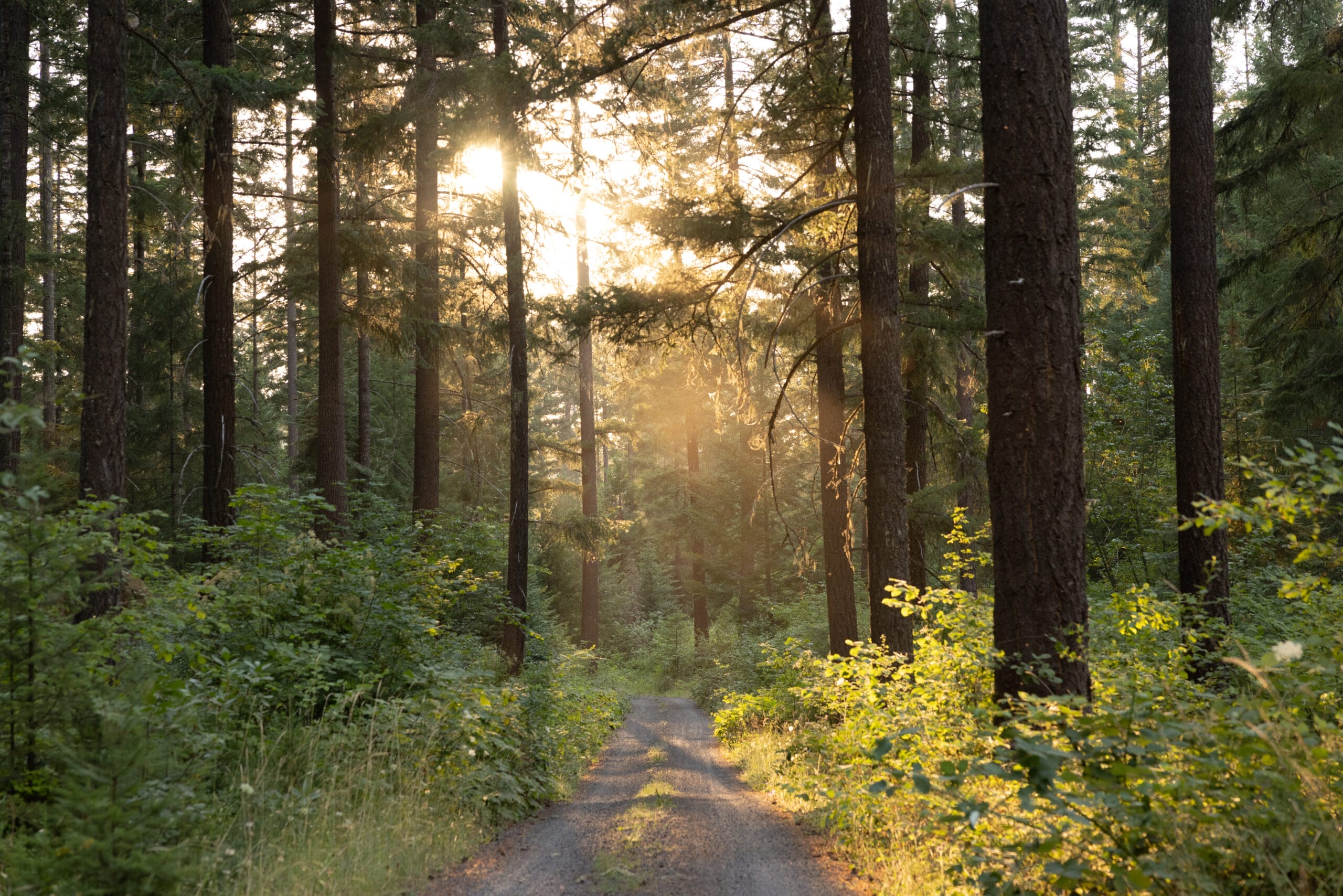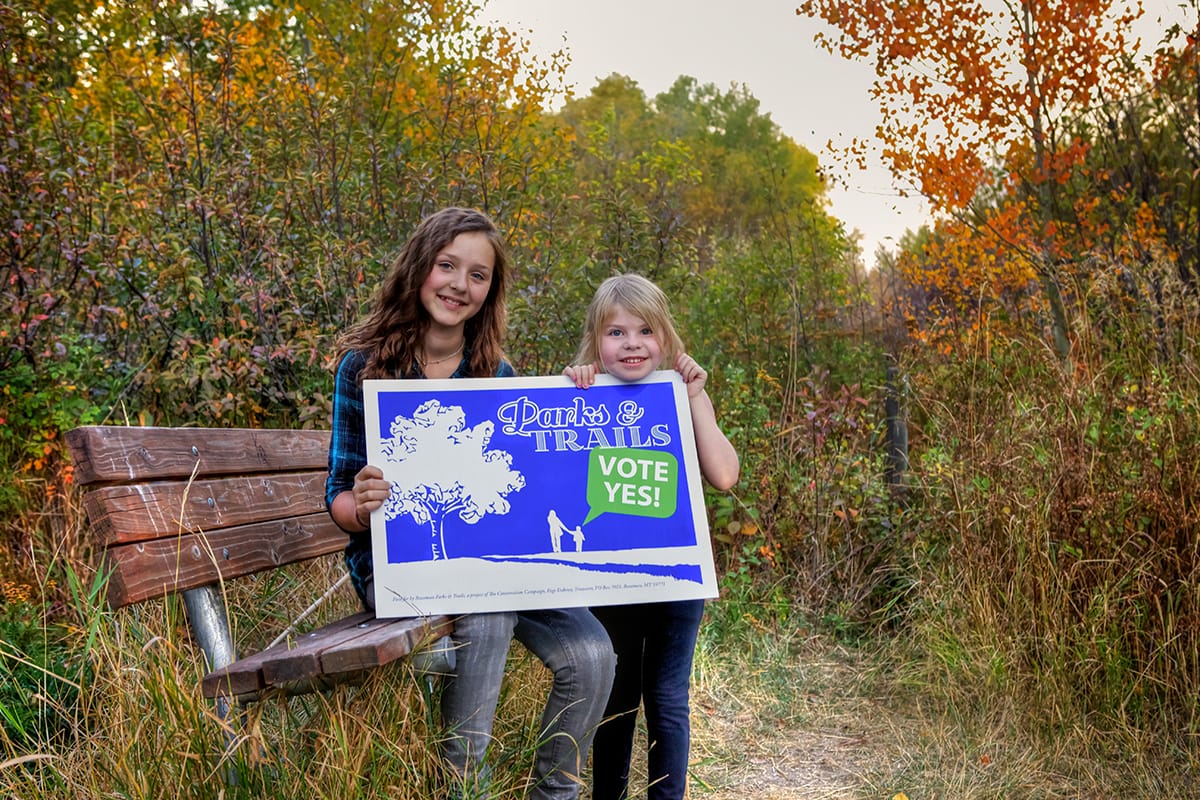
In a time of compounding crises, America’s schoolyards are packed with potential
In a time of compounding crises, America’s schoolyards are packed with potential
As families count down to the first day of school, one thing is for certain: the 2020-2021 school year will be unlike any other in our collective lifetimes.
The COVID-19 pandemic has put educators and school administrators between a rock and a hard place: bring kids back to the classroom, where experts say that all will be at high risk of virus transmission, or continue with distance learning, which experts agree compromises educational outcomes and accelerates inequality.
In this pivotal moment for America’s kids, we’re a part of a growing push to proffer an alternate solution: take learning outside.
There are more than ninety thousand public schools across America, and nearly every one includes a schoolyard. And yet, across the country, too few schoolyards are open to the public for use during non-school hours. And an even smaller number—as little as one percent—are designed with the kinds of green space and play features that the school and greater community need and deserve.
Instead, the majority of schoolyards are empty expanses of asphalt, more parking lot than a play area, flooding when it rains and baking under the hot sun. This means that during this time of public health emergency, when people need access to parks more than ever for exercise, play, and safe social distancing, hundreds of thousands of acres of schoolyards are sitting locked and largely vacant in neighborhoods nationwide. And our new data reveals that 36% of American public school students attend school in a heat island.

For nearly 25 years, we’ve led more schoolyard renovations than any other organization in the nation, guiding thousands of students and parents in school districts from coast to coast to make the most of this resource that is hiding in plain sight. We’ve transformed more than 250 underutilized schoolyards into nature-rich parks designed to address climate, health, and educational inequities. Every schoolyard transformation includes agreements between a school district and other local agencies to allow the community to use the space when school is closed.

Public schoolyards are a public asset, and schoolyards that double as vibrant community parks should be the national standard—for the benefit of America’s 50.8 million public school students as well as the neighboring communities where they learn and play. Opening all public schoolyards to the public during non-school hours would put a park within a 10-minute walk of more than 19.6 million people, including 5.2 million children, who currently lack access. And utilizing those schoolyards for outdoor learning would provide a much safer alternative to bringing kids back into the classroom during COVID-19.
“The COVID-19 crisis is forcing educators and decision-makers to get creative to support learning right now,” said Sadiya Muqueeth DrPH, MPH, our director of community health. “We know, however, that more threats are coming, including extreme heat. We should take this emergency as a call to action, not only to respond to the pandemic but also to address climate-induced public health needs through the development of greener schoolyards.”
Learn more in our new report.
Despite the importance and popularity of our forests, they face unprecedented threats. Take action now and urge Congress to protect our country’s forests by signing our petition today!


Donate to become a member, and you’ll receive a subscription to Land&People magazine, our biannual publication featuring exclusive, inspiring stories about our work connecting everyone to the outdoors.
See how our supporters are helping us connect people to the outdoors across the country.











